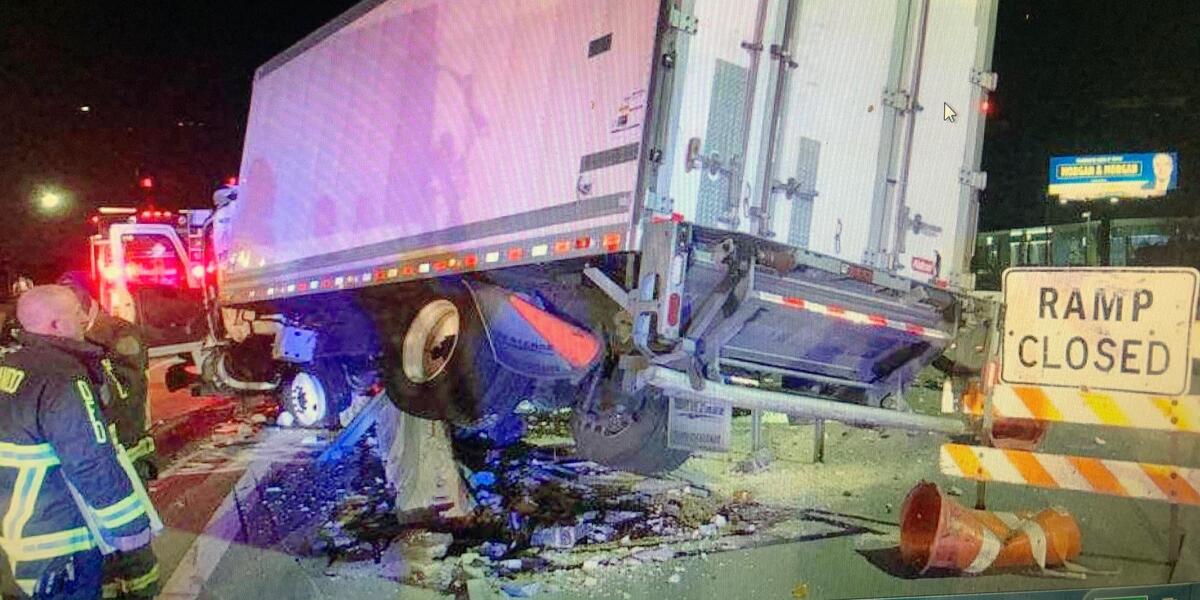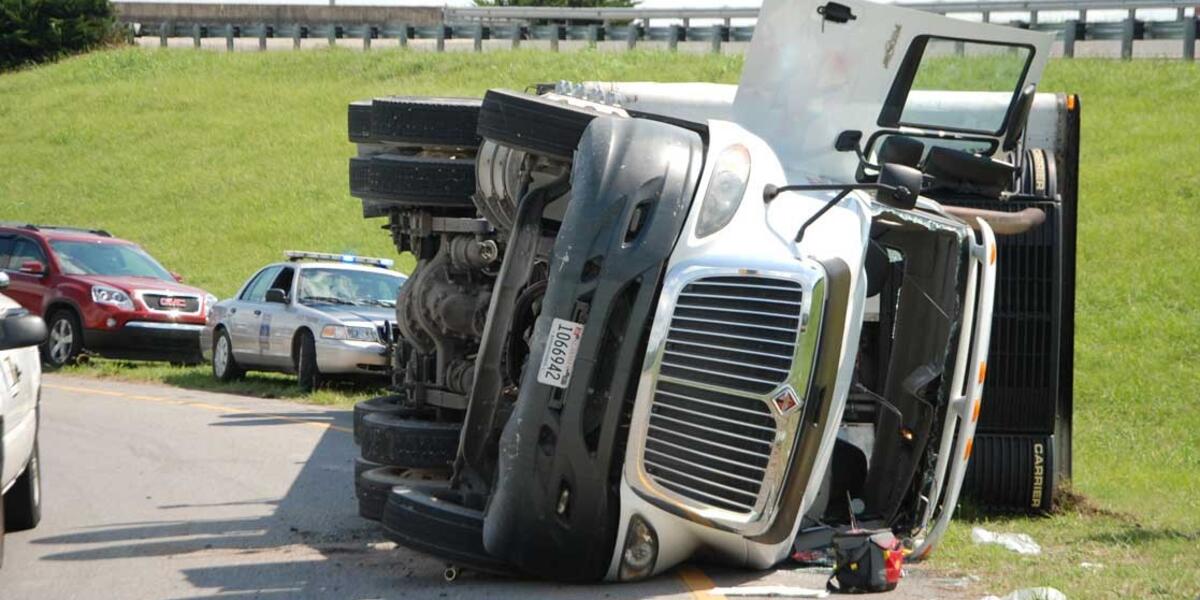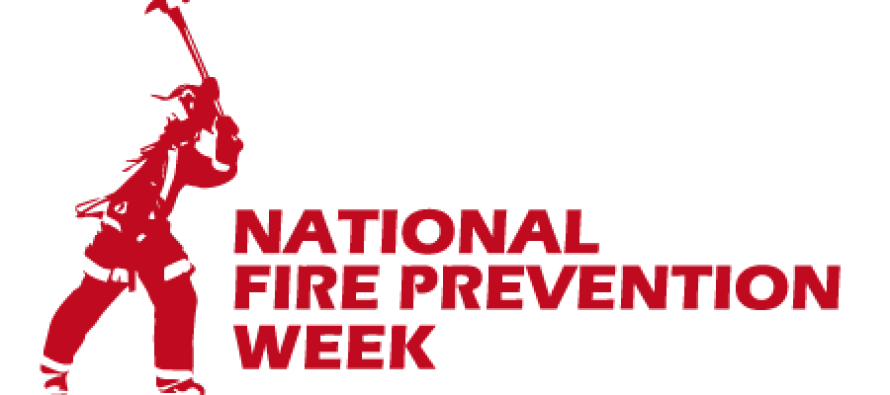Don’t Forget About the FMCSA Crash Preventability Program!
Motor carriers and drivers can challenge the preventability of certain crashes through the Federal Motor Carrier Safety Administration’s (FMCSA) Crash Preventability Determination Program (CPDP). Non-preventable DOT-recordable crashes can be removed from your CSA score if approved by the FMCSA.
How the program works:
The FMCSA has identified several crash types as non-preventable. Commercial motor vehicle crashes meeting these criteria, occurring on or after August 1, 2019, are eligible for consideration under the relaunched program.
Motor carriers and drivers must use the online DataQs system to request a review and demonstrate that their crash was not preventable.
🔗 Challenge the preventability of a crash here: https://dataqs.fmcsa.dot.gov/
🔗 Learn more about the program here: Crash Preventability Determination Program (CPDP) | FMCSA
If a crash is deemed non-preventable, the FMCSA will:
-
Remove the crash from the carrier’s Crash Indicator score in the Compliance, Safety, Accountability (CSA) system—reducing the chance of targeted enforcement action.
-
Add a note to the Pre-Employment Screening Program (PSP) indicating the crash was not preventable—reducing the risk that a driver is denied employment based on crash history.
Qualifying Crashes
How do you know if your crash is eligible for consideration? The FMCSA has provided a list of scenarios that qualify as non-preventable.
A crash is eligible if a commercial motor vehicle:
-
Was struck in the rear
-
Was struck on the side at the rear
-
Was struck by a motorist driving in the wrong direction, or by another motorist involved in a wrong-direction crash
-
Was struck by a vehicle making a U-turn or illegal turn
-
Was legally stopped at a traffic control device (e.g., stop sign, red light, yield), or was parked—including while unattended
-
Was struck by a vehicle that did not stop or slow in traffic
-
Was struck by a vehicle that failed to stop at a traffic control device
-
Was struck by an individual under the influence (or related violation such as operating while intoxicated) according to local jurisdiction law—or was struck by a motorist involved in such a crash
-
Was struck by a driver who experienced a medical issue that contributed to the crash
-
Was struck by a driver who admitted to falling asleep or being distracted (e.g., by a cell phone, GPS, passengers, etc.)
-
Was struck by cargo, equipment, or debris (e.g., fallen rocks, trees, or unidentifiable road items), or if the crash was caused by an infrastructure failure
-
Struck an animal
-
Struck an individual committing or attempting suicide
-
Was involved in a rare crash type not covered above (e.g., struck by an airplane, skydiver, or a deceased driver)
October 5–11: Fire Prevention Week
National Fire Prevention Week is a great opportunity to review with drivers how to prevent fires and how to react if one occurs in a commercial motor vehicle.
Fire extinguisher inspection is a vital part of a driver’s daily vehicle check. Too often, extinguishers are found with lost pressure due to leaks or are
returned to the truck after being used without being recharged.
The actions of a driver during a fire are crucial in saving lives and minimizing damage.









